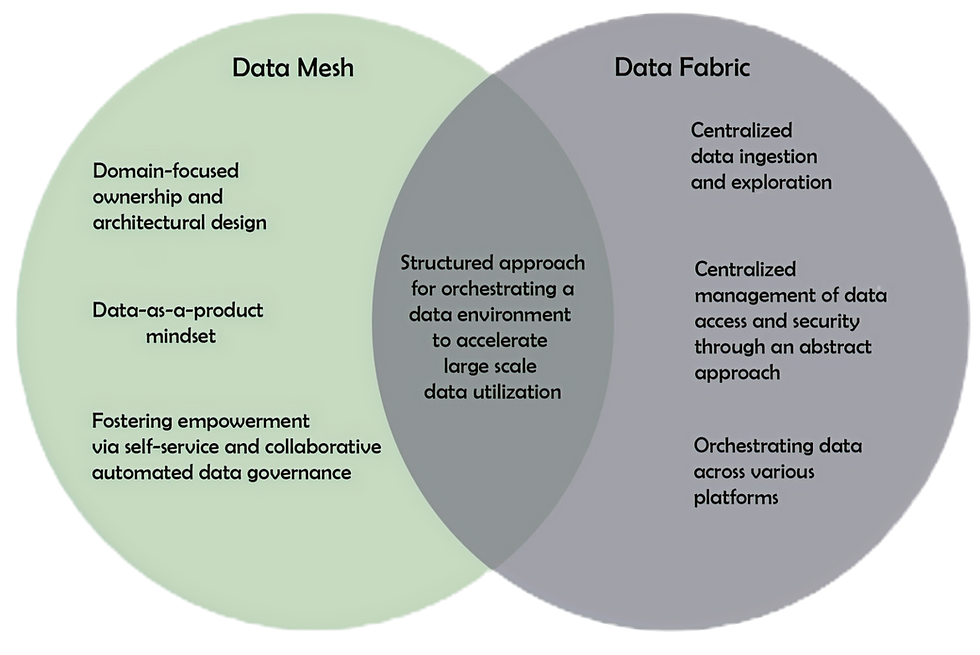Digital Twins: The Dynamic Bridge Between Data and Real-World Impact
- Ankit Mittal
- Sep 18, 2023
- 3 min read
In an era where technology continues to push the boundaries of what's possible, the concept of a "digital twin" has emerged as a game-changing innovation. Imagine having a living, breathing digital counterpart of a physical system, one that evolves in real-time, mirroring its every aspect, from structure and state to behavior. This revolutionary concept, known as a digital twin, is more than just a technological marvel; it's a strategic tool that is reshaping industries, driving efficiencies, and unlocking new possibilities across various sectors. In this blog, we will delve into the fascinating world of digital twins, exploring how they work, their applications, and the profound impact they have on driving business or mission outcomes.
At its core, a digital twin is not just a static digital replica of a physical object or system; it's a dynamic, data-driven emulation that breathes life into your operations. AWS IoT TwinMaker, for instance, offers a robust toolkit that empowers you to construct these digital twins, opening doors to a multitude of advantages. By tapping into data from various sources and fusing it seamlessly, you can create virtual representations of physical environments, infusing them with rich, real-world context. The magic happens when AI enters the scene, as it enables these digital twins to simulate and demonstrate the effects of changes without any real-world intervention, offering a risk-free environment for experimentation and optimization. So, let's explore how this transformative technology can revolutionize the federal and state government's mission to bridge the gap between data and real-world impact.
Two remarkable real-world examples vividly illustrate the transformative power of digital twins. First, consider the bustling metropolis of Los Angeles, where the Department of Transportation (LA DoT) has embarked on a visionary journey in collaboration with the Open Mobility Foundation. Their mission? To construct a data-driven digital twin of the city's intricate transport infrastructure. This digital doppelganger doesn't just stop at replicating roads and traffic signals; it goes much further. It models the dynamic movement and activity of the city's ever-evolving network of shared-use bicycles and e-scooters, offering invaluable insights for optimizing traffic flow and transportation accessibility. But the ambition doesn't end there – LA DoT plans to expand this digital twin's reach to encompass ride-sharing services, carpools, and emerging mobility solutions like autonomous taxi drones.
Now, let's shift our focus to the world of automotive innovation, where Tesla is harnessing the potential of digital twins in a different context. Tesla takes a unique approach by creating a digital simulation for each of its cars, utilizing data gathered from an array of sensors installed on their vehicles, which is then uploaded to the cloud. This wealth of information fuels Tesla's AI algorithms, enabling them to anticipate potential issues and predict where vehicles may require maintenance before a breakdown occurs. The result? A significant reduction in the need for unscheduled service visits, a more reliable driving experience for Tesla owners, and a groundbreaking illustration of how digital twins can revolutionize vehicle maintenance in the modern era.
In conclusion, the concept of digital twins is reshaping industries and pushing the boundaries of what's possible in our increasingly data-driven world. From Boeing harnessing a digital twin of one of its planes to develop an AR-powered aircraft inspection application, leveraging over 100,000 synthetic images to enhance the training of machine learning algorithms, city transportation networks to enhancing the reliability of cutting-edge electric vehicles, to the reconstruction of The United States’ Tyndall Air Force Base in Florida after Hurricane Michael, digital twins offer invaluable insights, predictive capabilities, and the potential to revolutionize various sectors.



Comments